Sparkling wine glasses & champagne glasses
Noble, refined and elegant – just what a sparkling wine glass should be. It should rest lightly in the hand and be made from crystal-clear glass to accentuate the sparkling beads. After all, it is only when you drink sparkling wine or champagne from the right glass that you will experience that celebrated tingle. It is therefore important to select the right sparkling wine or champagne glass from among the many variants, shapes and designs.
Probably the most widespread shape among sparkling wine glasses is the tulip or flute. The coupe (or the saucer) also enjoys great popularity. Historically speaking, the coupe is the most traditional form. Since the invention of sparkling wine by the monk Dom Perignon in the 17th century, the coupe was ubiquitous until well into the 1960s. This original shape is supposed to have been modelled on the bosom of French Queen Marie-Antoinette. But regardless: coupes or cups are only suitable for enjoying sparkling wine. In direct comparison to other sparkling wine glasses, the wide surface area of a coupe does not allow the perlage (effervescence or bead) to congregate. As such, the latter is difficult to perceive and unfortunately it also escapes much too quickly. Neither does a coupe direct the bouquet up towards the nose, as, for example, a flute or tulip does.The sparkling wine tulip: a better alternative
The sparkling wine flute owes its name to its tall shape, which allows the beads to develop beautifully and also delivers the aromas up towards the nose. We have decided to employ a tulip shape for our sparkling wine glasses. The tulip is demonstrably the optimum glass for optimum sparkling wine enjoyment. It is a tall glass with a flared body, and features a mid-length stem. This distinguishes it from the flute, as it narrows towards the top. This small yet subtle difference allows for a greater development of the bouquet. In addition, its narrow shape ensures that the carbon dioxide disperses only very slowly. Some glass manufacturers deliberately roughen a small part of the inner surface to encourage fizzing, an important quality feature. Our sparkling wine glasses, however, deliberately dispense with this artificial roughening. The quality of your fine wine therefore remains authentic and unadulterated.
The king of wines needs its own special glass – a champagne glass. It should rest lightly in the hand and be made from clear glass. The sparkle of the carbon dioxide beads shouldn’t be the slightest bit clouded. Only by drinking champagne from the right champagne glass can you experience the full sparkle of this fine nectar.The first champagne glasses
Champagne glasses were originally most commonly found in coupe or saucer form. We have the monk Dom Perignon to thank for the invention of champagne in the 17th century, a time when the first champagne glass shape also supposedly came about. Sadly, nobody will ever truly know whether the shape really was modelled on the bosom of Queen Marie-Antoinette. What is certain, however, is that champagne coupes or saucers are only suitable for enjoying sparkling wines. In comparison to other champagne glass shapes, the wide surface area of a coupe means that the perlage (effervescence) of the champagne quickly disappears. A shame, since this is what gives it some of its elegance. The broad aperture cannot develop or maintain the bouquet very well, making it difficult or indeed impossible to judge the aroma. That’s a shame too. In short, a coupe shape was out of the question for our glasses.
Tulip beats coupe. The 1×1 of the champagne glass
The champagne flute or tulip owes its name to its tall silhouette, which allows the beads to develop beautifully and also delivers the aromas up towards the nose. We have decided to employ a tulip shape for our champagne glasses. The tulip is demonstrably the optimum glass for optimum sparkle. It is a tall glass with a flared body which narrows towards the top, and features a mid-length stem. This small yet subtle difference allows for a greater development of the bouquet. As with sparkling wine glasses, some glass manufacturers deliberately roughen a small part of the inner surface to encourage fizzing, an important quality feature. We don’t do this. We don’t interfere with quality. You are drinking “pure” from a Cristallo champagne glass. Just as it should be.
See for yourself and risk a glance in our glasses shop.
Nobless - show all

Champagne
Mio - show all

Champagne

Frizzante

Secco
Grazile Handmade - show all
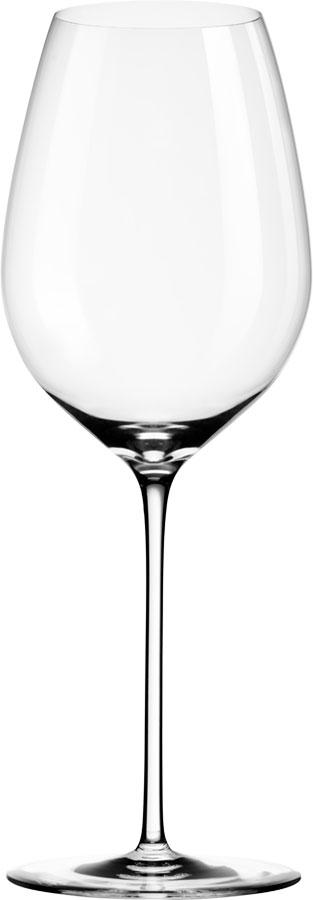
Universal
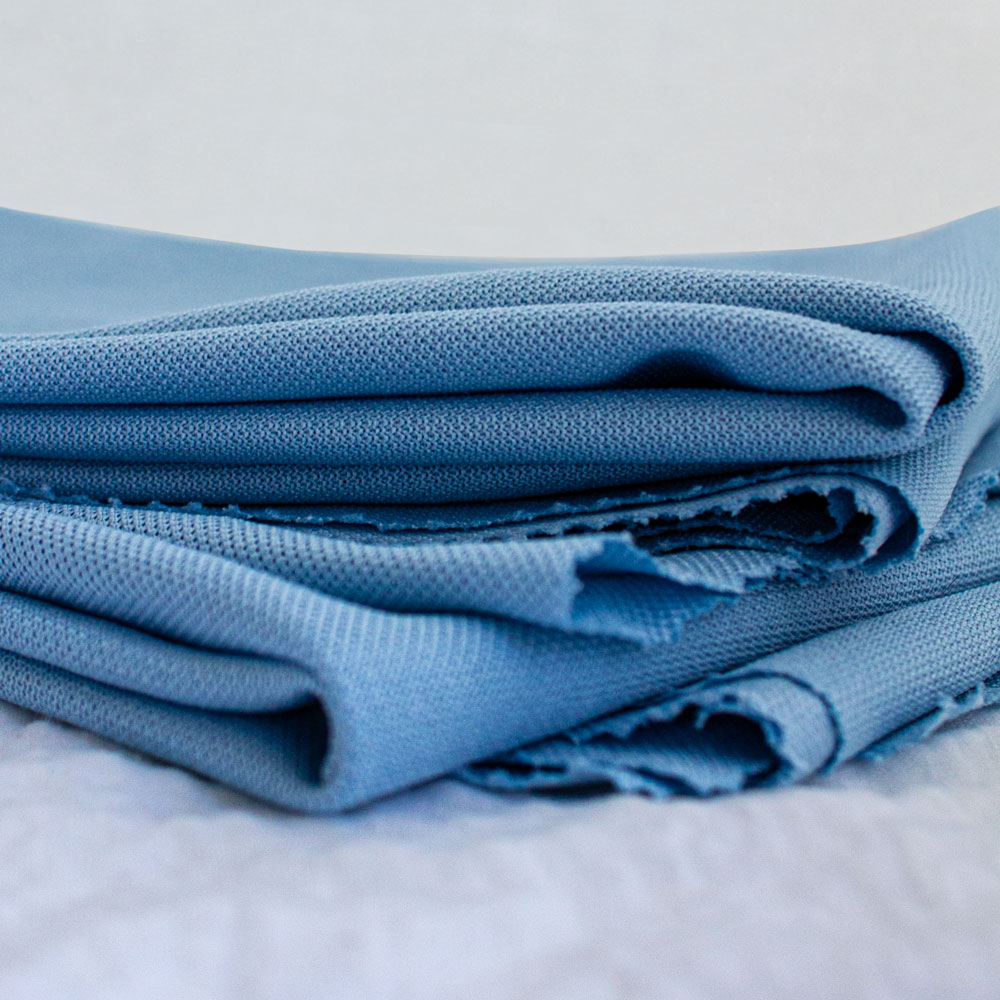
Premium Glass Cloth – Allrounder

Premium Glass Cloth – Cristallo
HANDLING TIPS
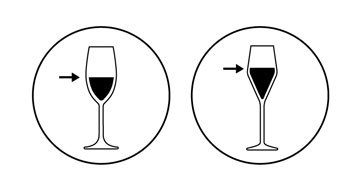
(1) Filling a glass correctly
Pop the cork! Or maybe not? True sparkling wine gourmets know that you don’t pop corks, you simply slide them out with a gentle hiss. The bottle must be well chilled (not under 6°C) before you start twisting the body of the bottle (not the cork). The fizzing wine is then poured slowly into the glass, close to the edge, which is held at an angle. Do not fill the glass more than two thirds. This guarantees that the diverse aromas can develop properly.
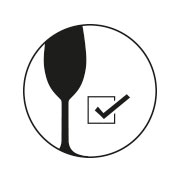
(2) The right sparkling wine glass
For first-class sparkling wine pleasure, choosing the right glass is essential. Although the flute enjoys great popularity due to its appearance, it is ultimately the tulip-shaped glass that aids optimum drinking enjoyment. The elongated glass, rounded in the middle, tapers towards the top, which encourages enjoyment in all manner of ways. The beads have enough room to develop, the bouquet is able to unfold beautifully, and the tulip shape really brings out the sparkle.
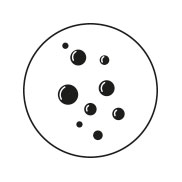
(3) Supporting development of perlage
To support perlage development, some manufacturers of champagne glasses etch a small star or point on the bottom of the glass. But not us.

(4) Proper maintenance for sparkling wine glasses
Normally brought out only for a toast, sparkling wine glasses run the risk of spending most of the evening next to the sink while your guests have a good time. Wine residue thus has plenty of time to dry on stubbornly. The slender shape of a sparkling wine glass also complicates cleaning matters to some extent. This is why many sparkling wine enthusiasts yield to the temptation of using washing-up liquid or the dishwasher to get rid of stubborn residue with the minimum of effort. However, as washing-up liquid residue is also difficult to remove from the glass surface, this is best avoided. Detergent residue prevents perlage and permanently disrupts the bouquet of the wine. The best solution is to rinse the glasses briefly in hot water straight after use. Ideally, sparkling wine glasses shouldn’t be put down directly after cleaning, but carefully dried using a microfibre cloth.

